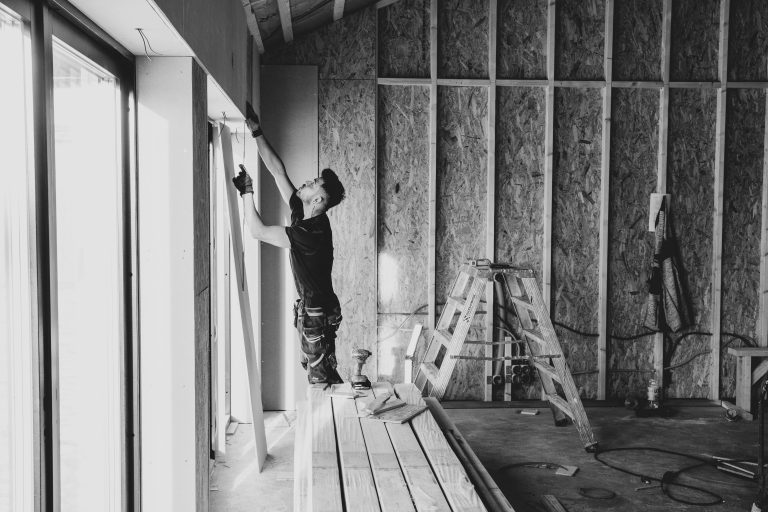Buying a Home? Stop Obsessing Over Price Per Square Foot
Many buyers believe they can evaluate a price of a home based solely on its price per square foot. For example, if a 2,000 square foot home sells for $150 per square foot, they assume a 5,000 square foot home should also be valued at $150 per square foot. But that logic oversimplifies how homes are priced and valued. The truth is that no two homes are exactly alike, and price per square foot only tells part of the story.
Every Home Is Its Own Market
Homes are not interchangeable products. Their value is based on many variables including location, size, layout, condition, amenities, and even the neighbors. That means a 2,000 square foot home with designer upgrades may be worth more than a 5,000 square foot home with dated finishes. Location also matters. A home in a sought-after school district, on a quiet cul-de-sac, or with walkable amenities may command a premium that has nothing to do with square footage.
Why Smaller Homes Can Appear More Expensive
You may have heard someone complain that a smaller home is overpriced because the price per square foot is higher. That’s often because smaller homes have a higher cost per square foot due to fixed costs. The cost to build a kitchen, bathroom, or HVAC system does not change much between a 1,500 square foot home and a 3,000 square foot home. Those features make up a larger percentage of the value in smaller homes. That skews the price per square foot upward.
How Market Analyses Actually Work
When I conduct a market analysis to figure out a price of a home, I do not use a simple average price per square foot. I look at what has sold recently, ideally within the last 90 days but no father than a year ago, in the most similar conditions. I ask, what would a potential buyer consider as comparable? For a 1,000 square foot ranch, I compare it to other similar 1,000 square foot ranches, not to a 2,000 square foot home.
Once I identify relevant comparables, I create a spreadsheet that allows me to break down the features that matter. Does the subject property have a finished basement, a larger lot, an updated kitchen? I then estimate the market value of each of these differences. These are not just guesses. They are based on what I see buyers consistently paying for those features.
The Appraisal Approach: More Than Math
Appraisers use a similar method to figure out a price of a home, called the sales comparison approach. They adjust the sales prices of comparable homes to match the features of the subject home. For example, if your home has four bedrooms and the comp only has three, the appraiser might add $10,000 to the comp’s value to account for that difference.
Appraisers also look at time of sale, market conditions, neighborhood trends, and other intangible factors. This approach is far more accurate than price per square foot and provides a clearer picture of what a home is truly worth.
Updates and Upgrades Matter
It is also important to account for the condition of the home when you are trying to price a home. A newly renovated kitchen, updated bathrooms, or new mechanical systems can all boost a property’s value significantly. Price per square foot fails to capture these upgrades. A home that looks overpriced at first glance may be perfectly priced once you account for all the improvements.
The Bottom Line: Work With a Pro
Every home is unique. Every market is different. Relying on a single metric like price per square foot to figure out a price of a home will never give you the full picture. A comprehensive market analysis done by a knowledgeable real estate agent or an appraisal is the best way to understand true market value.
If you are considering buying or selling and want a real analysis of value, I would be happy to connect you with a trusted real estate agent who understands how to do this properly.







